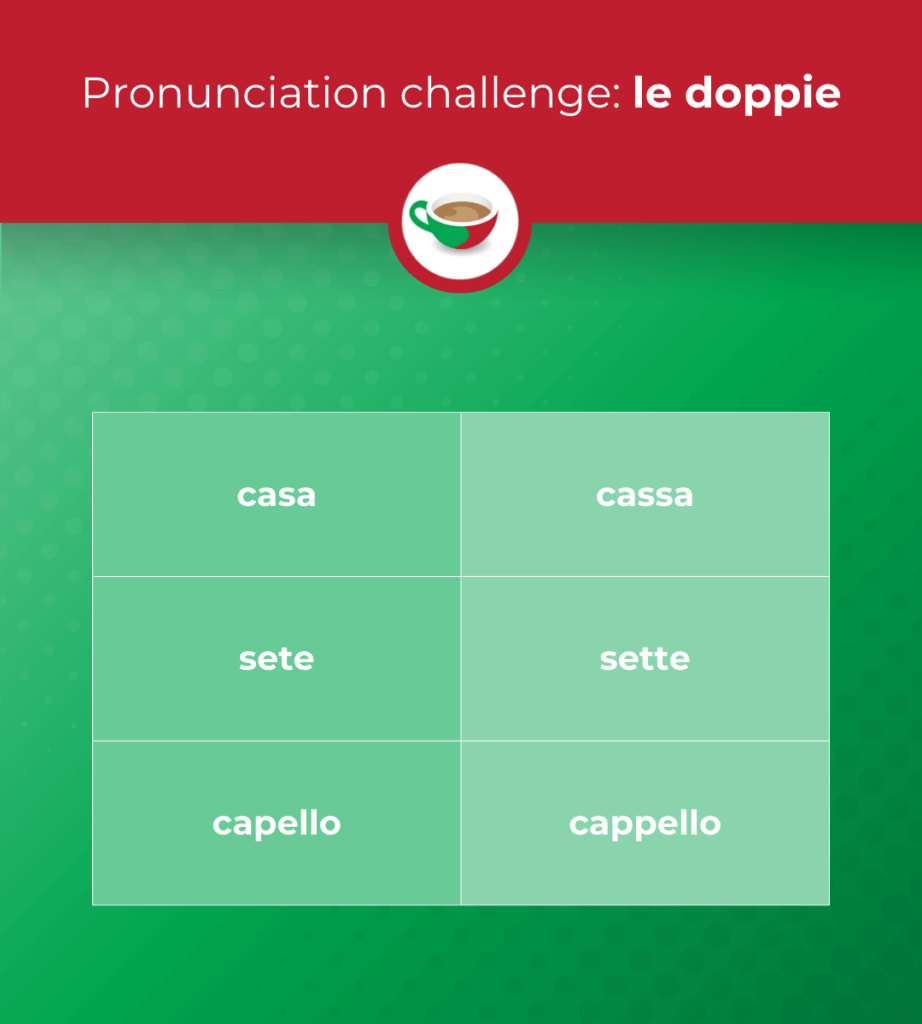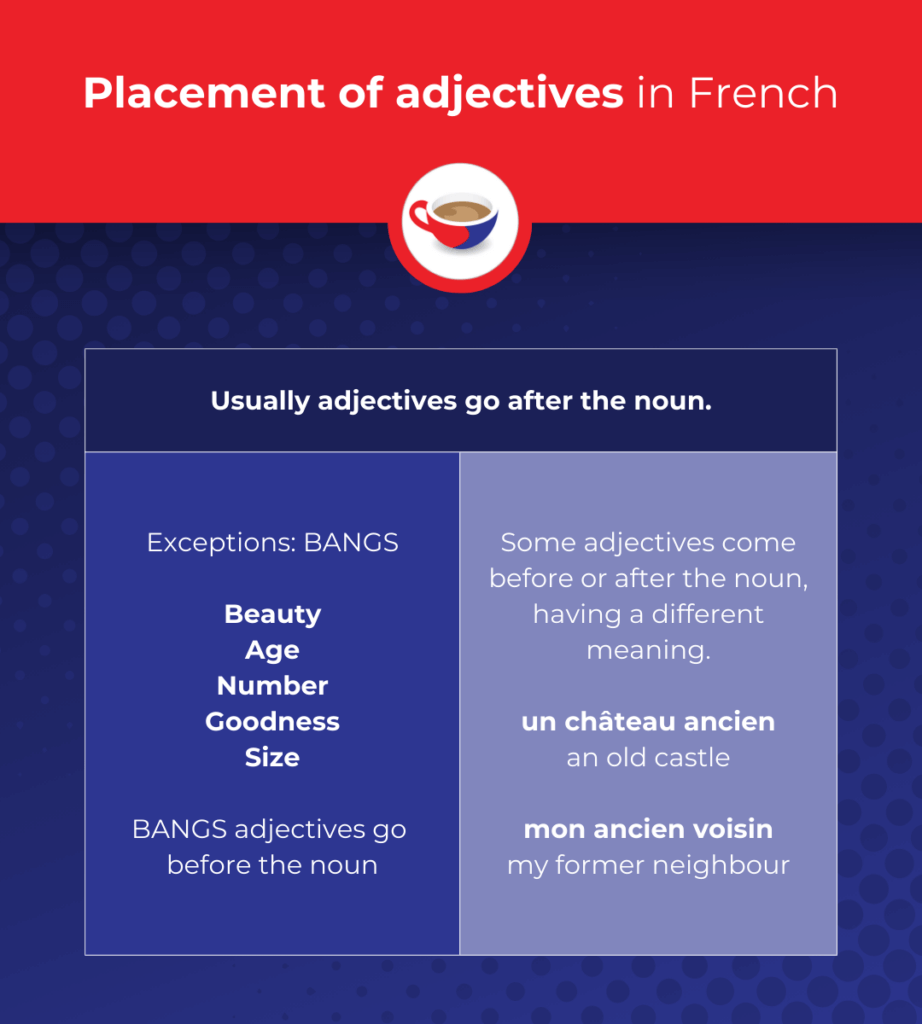Going to a café can be a great opportunity to sit down and listen to one of our Coffee Break Italian podcasts with a nice cup of coffee or tea. In this article we’re talking about prepositions, so do you know which preposition you’d use in Italian to talk about going to a café or being in a café?
The Coffee Break Italian Show is a podcast series of bite-sized, friendly conversations in which we demystify tricky Italian language topics. In the latest episode Mark and Maurizio talk about prepositions and, in particular, when to use a and when to use in.
These prepositions can describe both being in a location and motion towards a place. Depending on how they are used in a sentence, a and in could be translated into English as “in”, “at” or “to”.
If this sounds confusing just now, don’t worry! In the episode, Maurizio gives us five rules to help us remember when to use these prepositions.
Read on to find out more, and why not listen to the podcast as you go?
Rule 1: use ‘a’ with cities
In Italian, the preposition a is used to describe both being in a city and going to a city. Let’s look at some examples:
Sono a Londra.
I’m in London.
Vado a Londra.
I go to London.
Abito a Roma.
I live in Rome.
Tommaso va spesso a Dublino.
Tommaso often goes to Dublin.
Rule 2: use ‘in’ with countries
The preposition in is used to talk about location and motion when it comes to bigger geographical areas, such as continents, countries, states, and regions. For example:
Tommaso va spesso in Irlanda.
Tommaso often goes to Ireland.
Oggi ci troviamo in Oregon.
Today, we are in Oregon (literally, “we find ourselves in Oregon’”).
Mi piace viaggiare in Asia.
I like travelling in Asia.
Vivete in Piemonte o in Liguria?
Do you (plural) live in Piedmont or in Liguria?
Rule 3: use ‘in’ with rooms
We also use the preposition in with rooms. Again, it can mean either “in” or “to”, depending on the context. For example:
Sto andando in cucina per preparare il pranzo.
I’m going to the kitchen to make lunch.
Vado in bagno.
I’m going to the bathroom.
Siamo in classe.
We’re in class.
Andiamo in cucina.
We go to the kitchen.
Dormiamo in camera da letto.
We sleep in the bedroom.
Rule 4: use ‘in’ with buildings
When you’re talking about being at or going to a building, you should use the preposition in. Let’s look at these examples:
Andiamo in chiesa.
We go to church.
I miei figli vanno in palestra.
My children go to the gym.
Ora sono in banca.
I’m at the bank now.
Lavorano in ufficio.
They work at the office.
We also use in when talking about places ending in -ia or -teca:
Andiamo in biblioteca.
We go to the library.
Mangiamo in pizzeria.
We eat at the pizzeria.
Rule 5: rules have exceptions!
Mark and Maurizio also mention other phrases with a and in that don’t really follow the previous rules.
Despite being a building, we always use the preposition a when we are talking about a house or home. So, a casa can mean both “in the house” and “to the house”. For example:
Sei già a casa?
Are you already home?
Other similar exceptions are school and theatre – a scuola, for example, meaning both “at” or “to the school”, and a teatro, meaning “at” or “to the theatre”. Here are some examples:
Sei ancora a scuola?
Are you still at school?
Andiamo a teatro stasera.
We’re going to the theatre tonight.
Andiamo al teatro alla Scala.
We’re going to La Scala theatre.
Another tricky one is when you go to bed. We mentioned that we say in camera da letto. However, for being “in” or going “to bed” we say a letto.
Sono a letto.
I’m in bed.
Finally, Mark and Maurizio mention some specific phrases with in in relation to going on holiday:
andare in vacanza
to go on holiday
andare in montagna
to go to the mountains
essere in spiaggia
to be at the beach
andare in campagna
to go to the countryside
essere in hotel / albergo
to be in the hotel
A visual summary and a challenge!

Siamo pronti? Let’s see if you can translate the following sentences:
Right now, I’m in the office in Milan, in Lombardy, in Italy, in Europe.
Tomorrow, I’ll be on holiday in Palermo, in Sicily, in the hotel or at the beach!
The answers are at the end, but no peeking until you have noted down your translations!
Conclusion and answers
If you found this post interesting, make sure to listen to the full episode with Mark and Maurizio on The Coffee Break Italian Show. This is the series in which we look at a range of topics for Italian learners, so make sure to subscribe to our podcast feed or our channel on YouTube.
Plus! To get regular free Italian lessons in your inbox, you can sign up for our short (coffee-break-sized) email lessons that will help you improve your Italian. You will also hear from Mark, the founder of Coffee Break Languages, giving advice for language learners at any level. Sign up below!
Other than that, keep practising when to use in and a! Mastering prepositions can make a complete change to how you sound in a language and will help you be much more confident when you next travel to Italy. However, don’t worry if you make mistakes – you’ll still be understood, even if you get your prepositions wrong. The most important thing is to make the effort to communicate.
Happy Coffee Breaking!
PS. Here are the answers to the challenges:
Right now, I’m in the office in Milan, in Lombardy, in Italy, in Europe.
Adesso sono in ufficio a Milano, in Lombardia, in Italia, in Europa.
Tomorrow, I’ll be on holiday in Palermo, in Sicily, in the hotel or at the beach!
Domani sarò in vacanza a Palermo, in Sicilia, in albergo o in spiaggia!
PPS. We opened this article with the question of how to talk about going to a café and being in a café. In Italian, both “to the café” and “in the café” would be translated as al caffè.


































